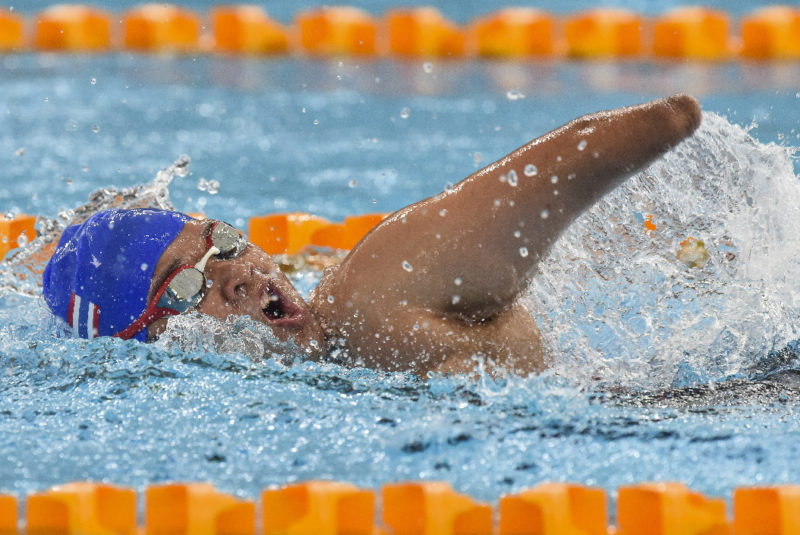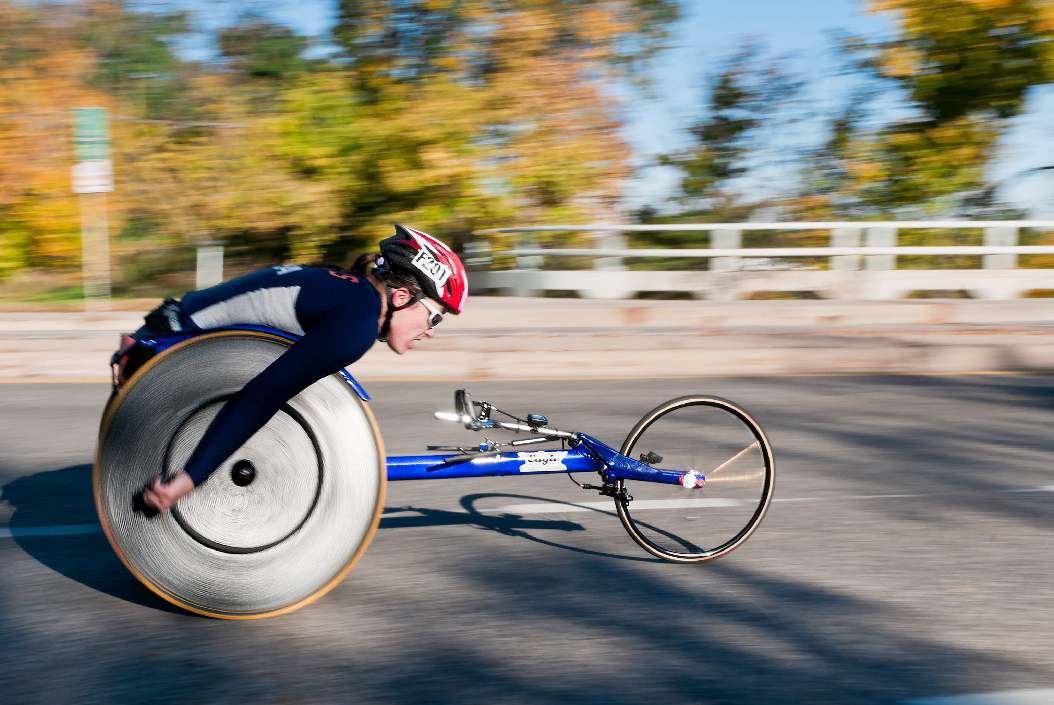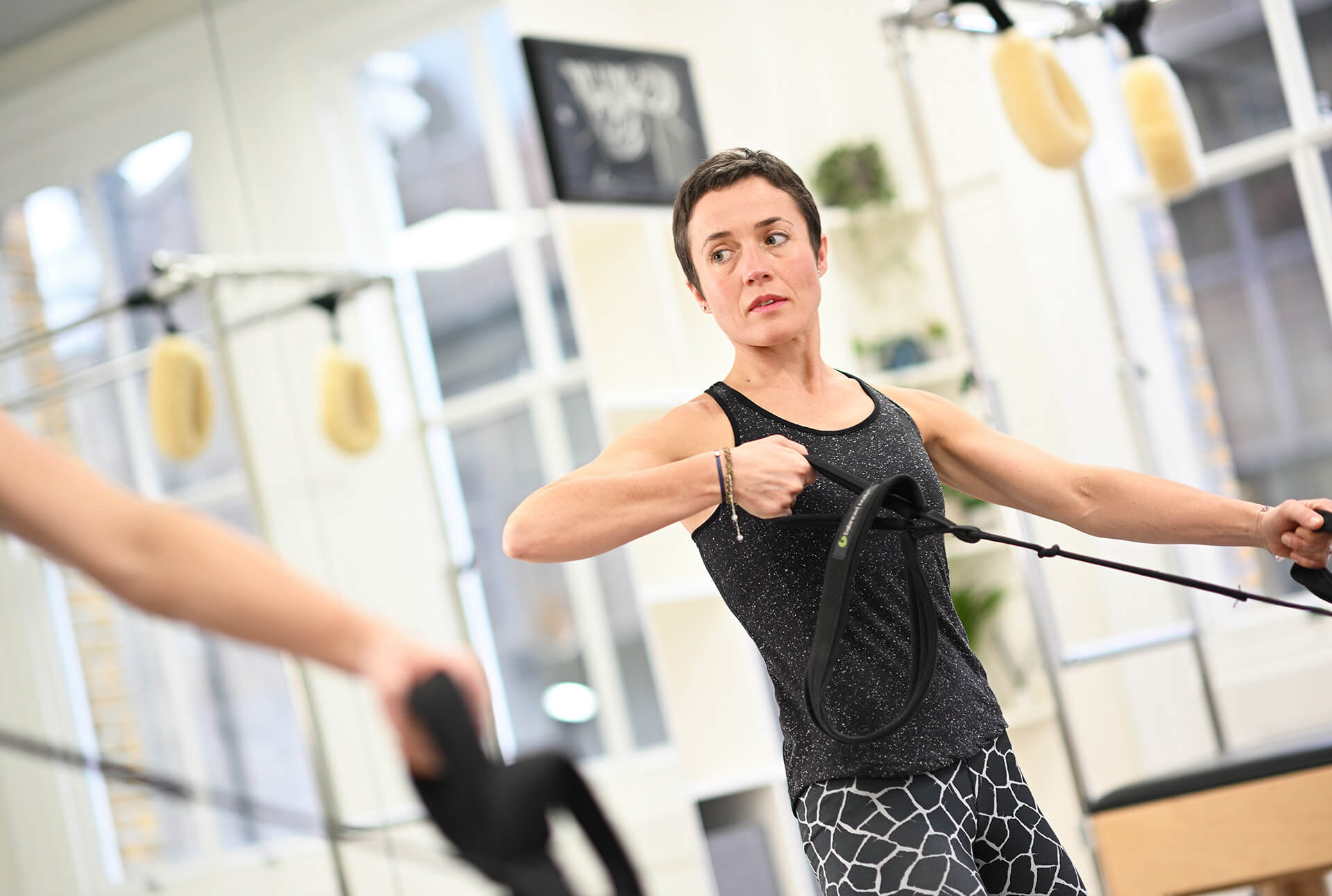The Para-athletics World Championships has started!
This is the final blog in our year of looking at Polestar’s principles of movement. Throughout the year we have looked at the different principles and how they can help you in different sports, with balance in your mind and body, and with illness and injury. This time we are going to look at our final principle; movement integration, in relation to Paralympic sports.
What is movement integration?
Polestar looks at movement integration as the development of a dynamic relationship between the mind and body. Essentially, this means how you can put everything you have learned about your body so far into practice.
There are lots of ways to look at how you can achieve this. However, to make your movement integrated, you first need to learn how to control your body.
To do this it is useful to understand the stages of learning;
- Unconsciously incompetent – you don’t even know you’re slouching.
- Consciously incompetent – you know you’re slouching but still fall into your bad habits.
- Consciously competent – you are constantly thinking about having good posture.
- Unconsciously competent – you have amazing posture without even thinking about it!
Why is movement integration important?
If any of you are about to watch the Para-athletes compete, you will see why movement integration is key. Famous para-athletes like swimmer Ellie Simmonds and runner Paul Blake, have mastered their disciplines, and movement integration is an integral part of this.
Simmonds and Blake obviously have a lot of talent. However, for them to swim and run efficiently, win medals and break world records, they must have good movement integration. For them, and other para-athletes, this means a few things.
Firstly, control of this movement in all directions is required. This means that Simmonds’ starts, and turns, are as quick as possible but also energy efficient. For Blake, this means being able to move one leg forwards in front of the other as quickly as possible.
Secondly, there needs to be good integration between the pelvis and body, including the ribs. This helps Simmonds to stabilise in the water and allow the rotation she needs. Having good awareness of this means that Blake can stay low in his start without losing balance and stop extra sideways movement which would lose him speed.
Finally, both must be able to integrate their head and limbs with their body. This means that they can produce the most amount of force to power themselves through the water or down the track and achieve record breaking times.
Is mindfulness important to integration?
Simmonds broke onto the scene when she was only 13 years old winning two gold medals. The ability to calm your senses and control your adrenaline in situations like this is part of mindfulness. She was able to channel her energy into her movement and walk away with a world record.
How does Pilates help movement integration?
In the Pilates studio we have a unique opportunity to control a lot of the factors which help you to learn and organise your movement.
We can adjust the tension in the springs to be anywhere from assistive, to resistive. This can challenge the movement you are trying to do but also means we can slowly increase how difficult the movement is.
Pilates is known for generating control and postural awareness. It helps improve your biomechanics and co-ordinate between the different muscle groups. This can then be challenged in lots of different directions and on unstable and moving surfaces. By learning where you are in space, and how your body moves, the aim is that you can take this understanding into normal life and change your habits there as well.
The last part we love about Pilates is that it gives you time for mindful movement. The concentration needed to complete a lot of the moves, the focus on your breath and the subtlety and precision required encourages mindfulness. Just like Simmonds this helps you get in the zone and connect your mind to your movement.
Although we cannot all be elite athletes and para-athletes, we can all achieve great movement integration to help us achieve our goals. Give yourself time, focus on why things are happening and experience the movement rather than just thinking about what you should be doing. All this will be the reason that your body moves as your mind moves.
If you would like to explore your full body movement integration come and try a session in the studio or online.
Education is key:
These blogs are designed to give information to everyone, however, it is important to remember that everyone is different! If you have not seen one of our therapists and have any questions about injuries, what you have read or whether this may be useful to you, please just ask. We are more than happy to help anyone and point you in the right direction. Our biggest belief is that education is key. The more you understand about your injury, illness and movement, the more you are likely to improve.




